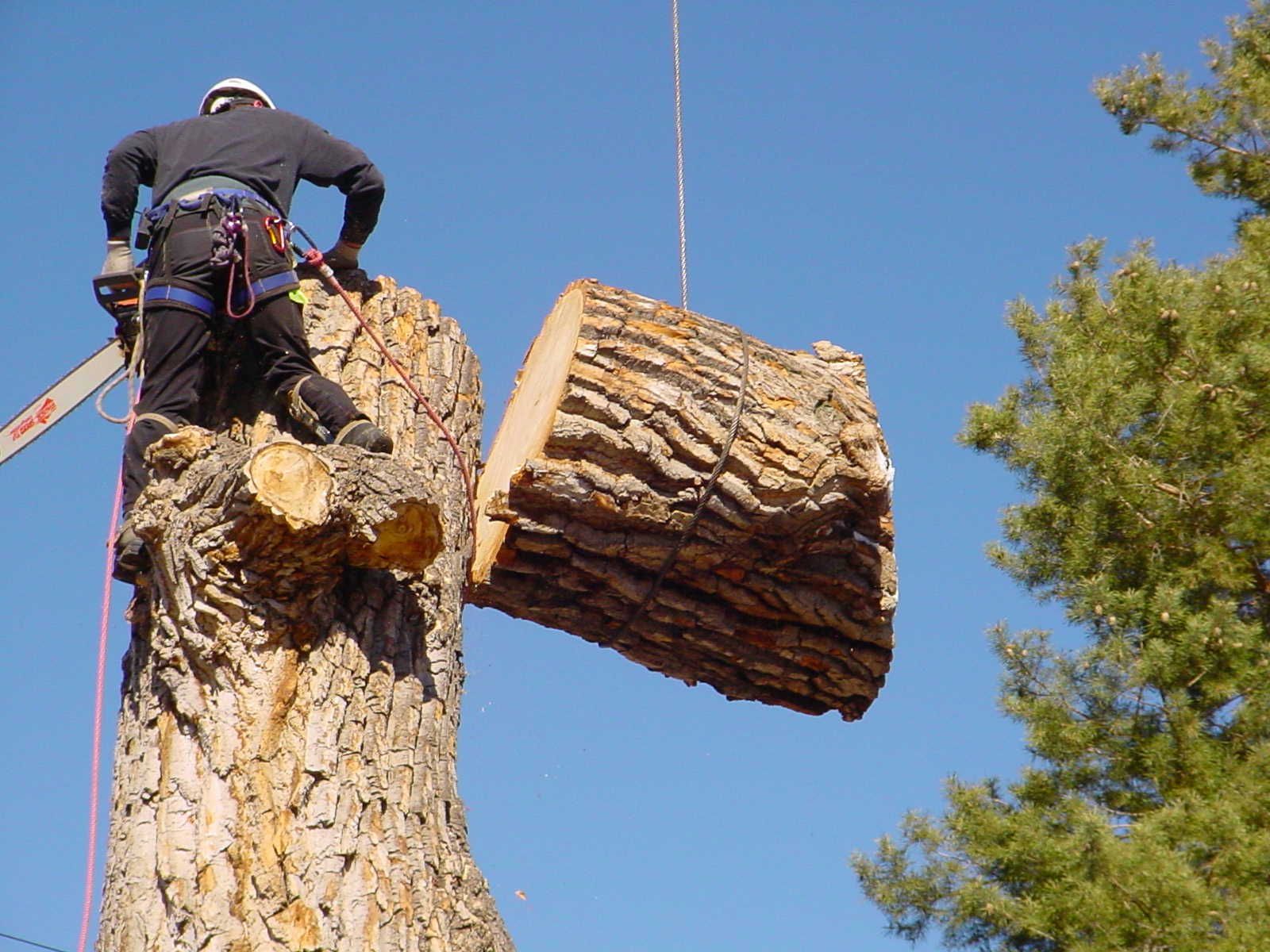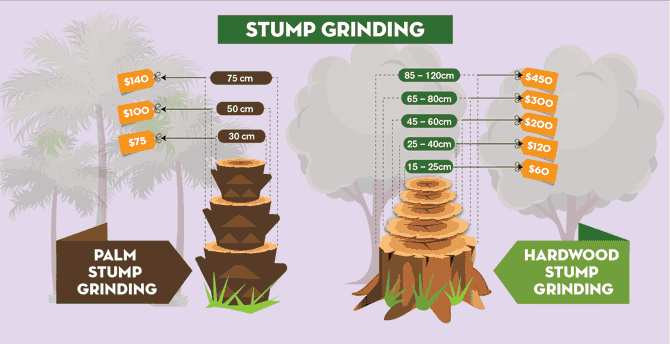Featured
Table of Contents
- – Typical Stump Grinding Costs In New Brighton, PA
- – What You Need To Know About Tree Removal Price...
- – Top Stump Removal Reviews In New Brighton, PA
- – Permit Costs For Tree Service In New Brighton...
- – New Brighton, PA Stump Grinding Moving Costs
- – New Brighton, PA Stump Grinding Installation ...
- – New Brighton, PA Stump Grinding Cost Estimate...
- – New Brighton, PA Tree Trimming Price Overview
- – New Brighton, PA Stump Grinding No Hidden Fees
- – Timeline For A Tree Cutting Installation In ...
- – Budget-Friendly Tree Service In New Brighton...
- – New Brighton, PA Tree Clearing Cost FAQ
- – New Brighton, PA Tree Clearing Price Compari...
- – New Brighton, PA Tree Clearing Price Estimat...
- – New Brighton, PA Stump Grinding Guarantee Co...

The subsections listed below offer more in-depth details about rates, including an average variety for each. TypeAverage Removal CostPineConiferPalmMagnoliaArborvitaeAshCedarSweet GumEucalyptusSycamoreCypressOakMaplePoplar You can expect to pay between to eliminate a pine, depending on its size. Removing a pine is among the more budget-friendly tasks unless it is one that has been around for several years and is quite large.
Typical Stump Grinding Costs In New Brighton, PA
Pines also have a tap root that grows deep into the soil, which can show to be harder to remove. The procedure itself includes a specialist cutting the tree, clearing the base, cutting the surface roots, eliminating the stump, and finally treating the soil. Without a professional hand, you risk leaving pine seedlings behind, which will fall from the roots of distressed pines.
What You Need To Know About Tree Removal Prices In New Brighton, PA
The U.S. nationwide average for conifer removal is approximately to have the conifer reduced, carried away, and the stump ground or eliminated entirely. Conifers are generally much easier to remove, and despite the fact that they can grow quite tall, they do not cost a fortune to get rid of. Conifers include pine, spruce, fir, and juniper trees.
Top Stump Removal Reviews In New Brighton, PA
While conifers are gorgeous, they kill native plants and specific kinds of yard. This is because they require a lot of water and nutrients to make it through, so they seep it off surrounding plants. They also have an expansive network of roots, which can affect your home's foundation. The average rate of palm elimination depends on the height as much as the type, ranging from.
Permit Costs For Tree Service In New Brighton, PA
That is why it is very important to understand which type you are removing. While you do not need an herbicide to eliminate a palm tree, there are some actions your elimination specialist will need to take to make sure the task is done correctly. There are 2 methods they can get rid of them: by chopping them down or digging them up.
New Brighton, PA Stump Grinding Moving Costs
This is because small animals like rats and scorpions frequently live in them. Plus, lots of types will have spikes, too. From there, they get rid of the real tree and then the stump. Expect to pay between to eliminate this kind of tree, depending on the exact size and information of the job.
New Brighton, PA Stump Grinding Installation Price List
There are three types: green, white, and black ash. With its gray-tinged bark, its leaves are green or purple in the spring and golden yellow or purplish-red in the fall.
New Brighton, PA Stump Grinding Cost Estimate For Homeowners

Due to the variation in height, the removal cost difference is wide from. A coniferous, evergreen tree, the cedar is a durable species.
New Brighton, PA Tree Trimming Price Overview
The development of incorrect cedars varies from 50 feet approximately 230 feet high. Property owners might pay anywhere from, depending upon the roots. With star-shaped leaves and sensational fall colors, the sweet gum is thought about a medium to large tree. Enjoying full sun, the sweet gum can not endure pollution.
New Brighton, PA Stump Grinding No Hidden Fees
Typically, it costs between to eliminate a eucalyptus. Eucalyptus are not typical everywhere, however they are rather large compared to others, which is why even the smaller ones are so pricey to remove.
Timeline For A Tree Cutting Installation In New Brighton, PA
There are a handful of ways to do this, including burning, pulling, grinding, or eliminating them with herbicide. Anticipate to pay in between to get rid of sycamores, based on the height, trunk size, and amount of work included. Sycamores are one of the biggest wood trees, typically varying from 60 to 100 feet high and as large as 15 feet.
Budget-Friendly Tree Service In New Brighton, PA
The first two steps will expose the withins of the tree and cut off the flow of nutrients up the trunk. From there, a professional applies herbicide to kill the tree and cuts down the trunk.
New Brighton, PA Tree Clearing Cost FAQ
There are several kinds of Cypress trees, however the most common are the Leyland, Arizona, Bald, and Italian. The Bald Cypress grows in swampy or really moist areas while the others enjoy a dry, warm, or hot climate (arborist). They can grow as high as 80 to 100 feet tall
New Brighton, PA Tree Clearing Price Comparison Tool

Prone to diseases, the Cypress is among the most prized woods for furniture. The average oak grows to around 60 feet, and depending on the intricacy of the elimination, it costs an average of to get rid of. The specific size of your oak and the effort needed to fell it affect what you will in fact pay for elimination in addition to any extra services like stump grinding.
New Brighton, PA Tree Clearing Price Estimate For Homeowners
Access to the trees and the roots will also affect the total expense. Maples can easily mature to 100 feet or more and normally expense between to eliminate from your home. The final cost depends upon the actual height and intricacy of the task. Maples are generally amongst the more expensive trees to eliminate due to the fact that of their size and the work included in the removal.
New Brighton, PA Stump Grinding Guarantee Costs: What's Included
Growing as high as 90 to 115 feet, these massive lumbers are primarily found in North America and include the aspen, cottonwood, and balsam trees. The process to remove trees involves all the trimming and cutting of the branches and trunk, bringing it down to a stump.
Table of Contents
- – Typical Stump Grinding Costs In New Brighton, PA
- – What You Need To Know About Tree Removal Price...
- – Top Stump Removal Reviews In New Brighton, PA
- – Permit Costs For Tree Service In New Brighton...
- – New Brighton, PA Stump Grinding Moving Costs
- – New Brighton, PA Stump Grinding Installation ...
- – New Brighton, PA Stump Grinding Cost Estimate...
- – New Brighton, PA Tree Trimming Price Overview
- – New Brighton, PA Stump Grinding No Hidden Fees
- – Timeline For A Tree Cutting Installation In ...
- – Budget-Friendly Tree Service In New Brighton...
- – New Brighton, PA Tree Clearing Cost FAQ
- – New Brighton, PA Tree Clearing Price Compari...
- – New Brighton, PA Tree Clearing Price Estimat...
- – New Brighton, PA Stump Grinding Guarantee Co...
Latest Posts
Residential Tree Clearing Costs In Upper Sandusky, OH
Top 7 Ways To Save On Tree Trimming In Crawfordsville, IN
Best Ways To Save On Tree Service In Haines City, FL
More
Latest Posts
Residential Tree Clearing Costs In Upper Sandusky, OH
Top 7 Ways To Save On Tree Trimming In Crawfordsville, IN
Best Ways To Save On Tree Service In Haines City, FL